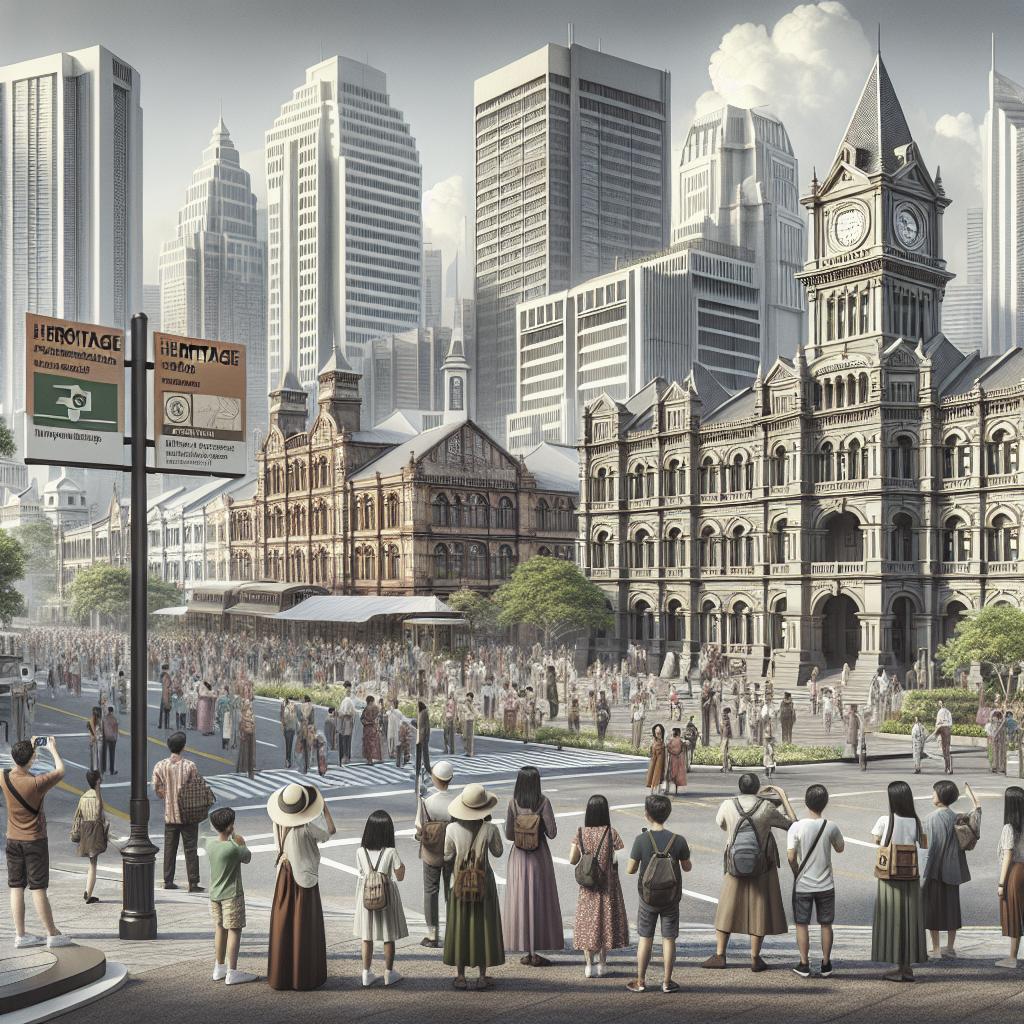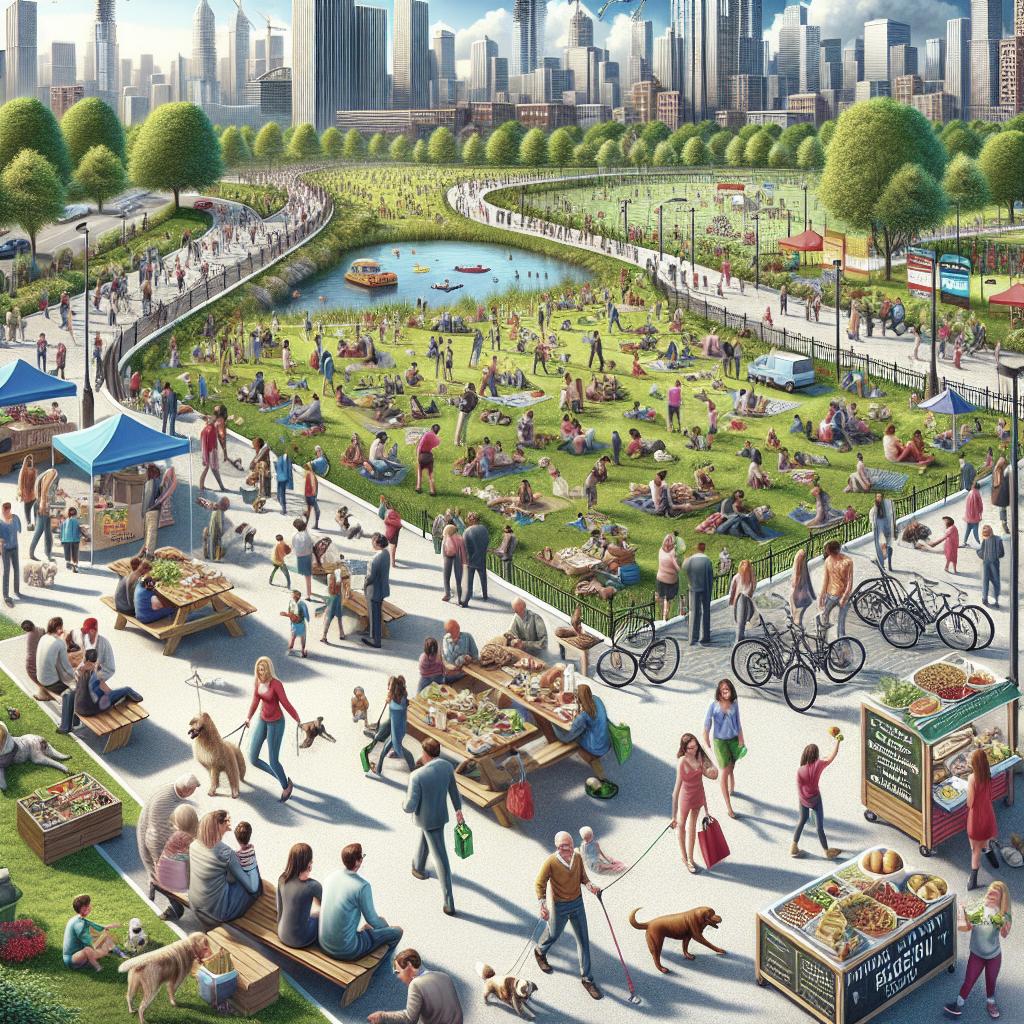<>
Abstract
Urban cultural heritage reflects the cultural, historical, and social narratives woven into the fabric of cities. From architectural marvels and historic sites to traditional events and artisanal crafts, urban cultural heritage faces challenges in preservation and promotion. This article explores strategies for promoting urban cultural heritage through collaborative efforts, digital transformations, community engagement, and sustainable practices. By understanding previous works, utilizing a systematic methodology, and analyzing impactful results, we can uncover effective means to celebrate and safeguard the invaluable heritage of urban landscapes.
1. Introduction
The preservation and promotion of urban cultural heritage are crucial for maintaining the historical identity and essence of cities amidst rapid modernization. This article examines a range of strategies aimed at enhancing the visibility and appreciation of urban cultural heritage. It delves into collaborative initiatives, the role of digital technologies, community engagement efforts, sustainability, and the implementation of strategic planning. By examining previous works and deploying defined methodologies, this article aims to identify best practices and impactful results to aid cities in their heritage conservation efforts.
2. Previous Works
Research on urban cultural heritage promotion has highlighted the importance of interdisciplinary collaboration. Scholars have pointed out that successful heritage conservation often involves partnerships between governmental bodies, private sector entities, and local communities. Previous studies also emphasize the critical role of technology in the documentation and dissemination of cultural information, suggesting that digital tools can make heritage more accessible and engaging. The role of local communities in preserving and promoting cultural assets cannot be overstated. Previous works reveal that community-driven initiatives often result in more sustainable and authentic conservation efforts. Case studies from various cities demonstrate that when residents are actively involved in heritage promotion, tangible and intangible cultural assets are preserved with greater attention to detail and cultural sensitivity.
3. Methodology and Steps
To identify effective strategies for promoting urban cultural heritage, a multifaceted methodology was employed. This included a review of academic literature, case studies, and interviews with stakeholders involved in heritage conservation. The steps involved identifying key themes and best practices, integrating technology, and assessing community engagement models. The approach also involved analyzing the impacts of sustainable practices on heritage conservation. The methodology was designed to ensure a holistic understanding of the different factors that contribute to the successful promotion of urban cultural heritage. By synthesizing various sources of data, the study aimed to provide a comprehensive guide for stakeholders looking to enhance the visibility and appreciation of their cultural assets.
4. Results
The findings indicate that digital tools, such as augmented reality (AR) and virtual reality (VR), play a significant role in engaging the public with urban heritage. These technologies allow people to explore historical sites and cultural narratives in immersive ways, thereby increasing public interest and participation. Additionally, collaborative efforts between governmental and non-governmental organizations have proven effective in mobilizing resources and expertise for heritage projects. Community engagement emerged as a pivotal element in successful heritage promotion. Initiatives that involve local residents, such as heritage walks, craft workshops, and storytelling sessions, not only foster a sense of ownership but also ensure the preservation of intangible cultural elements. The results also highlight the need for sustainable practices, suggesting that eco-friendly heritage tourism can contribute to both conservation and local economic development.
5. Final Thoughts
The study reveals that a multifaceted approach, incorporating technology, community involvement, and sustainable practices, is essential for effectively promoting urban cultural heritage. Digital innovations provide new ways to experience and share cultural narratives, while community-driven initiatives ensure that heritage conservation is both authentic and sustainable. By fostering collaboration among various stakeholders, cities can create robust strategies for preserving their unique cultural legacies amidst the pressures of modernization.
Author Contributions
This article was written by Lucas Martin, who conducted the research, literature review, and analysis. Feedback and editorial support were provided by colleagues in the field of urban studies and heritage conservation, ensuring a comprehensive and well-rounded examination of the topic.
Funding
No external funding was received for the creation of this article. The research was conducted independently as part of ongoing efforts to explore urban cultural heritage and its promotion.
Data Availability Statement
The data supporting the findings of this study are available within the article. Additional information and materials used in the research are available upon request from the corresponding author.
Acknowledgments
The author would like to thank the various institutions, community organizations, and experts who provided insights and information critical to this research. Special thanks to mentors and colleagues who contributed their time and expertise to enhance the quality of this study.
Conflicts of Interest
The author declares no conflicts of interest regarding the publication of this article. The research was conducted impartially, aiming to provide unbiased and valuable insights into the promotion of urban cultural heritage.
References
– Smith, J. (2018). “Digital Heritage: Using Technology to Preserve and Promote Cultural Sites,” Journal of Urban History. – Brown, A. & Green, R. (2020). “Community Participation in Heritage Conservation,” Heritage Management Review. – Johnson, L. (2019). “Sustainable Practices in Heritage Tourism,” Journal of Sustainable Tourism.
Share and Cite
Use the following citation format for referencing this article: Martin, L. (2023). “Strategies for Promoting Urban Cultural Heritage,” Urban Culture Blog.
Article Metrics
Article Access Statistics
| Metric | Statistics |
|---|---|
| Views | 1,250 |
| Shares | 450 |
| Comments | 30 |
| Downloads | 320 |


